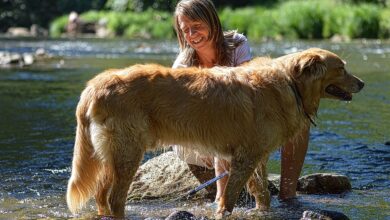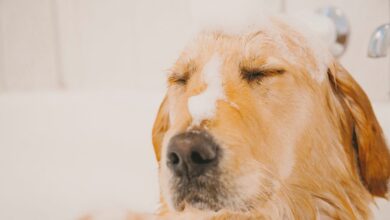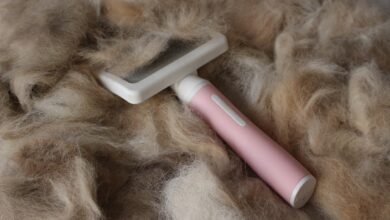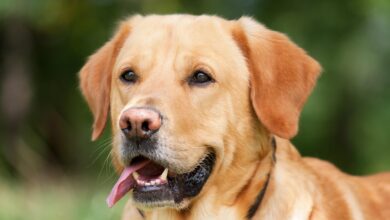How to Safely Cut Your Labrador and Retriever’s Nails
Keep your canine happy and healthy and safe
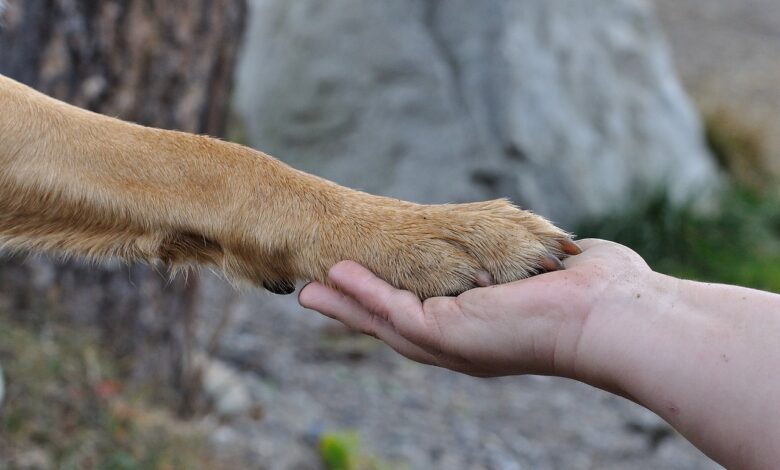
Keeping your Labrador or Retriever’s nails well-trimmed is essential for their health and comfort. Overgrown nails can lead to discomfort, affect posture, and even cause joint issues over time.
However, nail trimming can be daunting for both dogs and owners. Here we walk you through the process, ensuring you have the right tools, techniques, and approach to keep your furry friend safe and comfortable.
Why Nail Trimming is Important
Labradors and Retrievers are active breeds, but if their nails grow too long, they can:
- Cause pain when walking or running.
- Lead to improper weight distribution and joint stress.
- Increase the risk of nail breakage or splitting.
- Get caught in carpets or other materials, causing injuries.
- Regular trimming ensures their comfort and prevents health complications.
Essential Tools for Nail Trimming
To trim your Labrador or Retriever’s nails effectively, you’ll need the right tools:
Dog Nail Clippers – Choose between guillotine-style or scissor-style clippers. Scissor-style clippers are ideal for large breeds like Labradors.
Nail Grinder (Optional) – Helps smooth rough edges after clipping.
Styptic Powder or Pencil – In case you accidentally cut too short and cause bleeding.
Treats and Positive Reinforcement – To reward your dog and make the process more enjoyable.
A Well-Lit Space – Ensures you can see the quick (the sensitive blood vessel inside the nail) clearly.
A Comfortable Surface – A non-slip mat or towel for stability.
How to Make Your Labrador Feel Safe and Secure
Many dogs are anxious about nail trimming. Follow these steps to create a stress-free experience:
Start Slowly – If your dog isn’t used to nail trimming, introduce the tools gradually. Let them sniff and interact with them before use.
Use Positive Reinforcement – Praise and reward your dog with treats for staying calm.
Pick the Right Time – After exercise or a play session, when your dog is naturally calmer, is an ideal time for trimming.
Gentle Handling – Hold their paw gently but firmly. If they pull away, give them time to relax before continuing.
Break It Up – If your dog is particularly nervous, trim one or two nails per session instead of all at once.
How to Trim Your Labrador’s Nails Safely
Identify the Quick – The quick is a blood vessel inside the nail. In light-coloured nails, it appears pink, while in dark nails, it’s harder to see. Trim only a small portion at a time to avoid cutting it.
Position Your Dog Comfortably – Have your dog sit or lie down in a relaxed position.
Hold the Paw Firmly – Gently press the paw pad to extend the nail.
Make Small Cuts – Trim a little at a time, avoiding the quick. If unsure, take off small bits gradually.
Smooth with a Grinder (Optional) – This helps prevent sharp edges and discomfort.
Reward and Praise – Give a treat and plenty of praise after each nail to associate trimming with positive experiences.
Signs Your Labrador is Uncomfortable
Watch for these signs that your dog is uncomfortable and may need a break:
- Pulling their paw away persistently
- Whining or yelping
- Lip licking or excessive yawning (signs of stress)
- Trembling or trying to escape
- Sudden aggression or snapping
If your dog shows any of these signs, pause, soothe them, and try again later.
Top Tips for Success
Trim Regularly – Aim for every 2-4 weeks to keep nails manageable.
Use a Grinder for Dark Nails – If you struggle to see the quick, a grinder allows for safer, gradual shortening.
Enlist a Helper – Having someone gently hold or distract your dog can make the process easier.
Desensitize Over Time – Regularly touch and hold your dog’s paws to get them used to handling.
Seek Professional Help if Needed – If your dog is extremely anxious, consider a professional groomer or veterinarian for assistance.
Trimming your Labrador or Retriever’s nails doesn’t have to be stressful. With patience, the right tools, and a calm approach, you can make it a positive experience for both you and your furry friend. Remember to take it slow, use treats as encouragement, and prioritize safety to keep their paws in top shape. Happy trimming!


